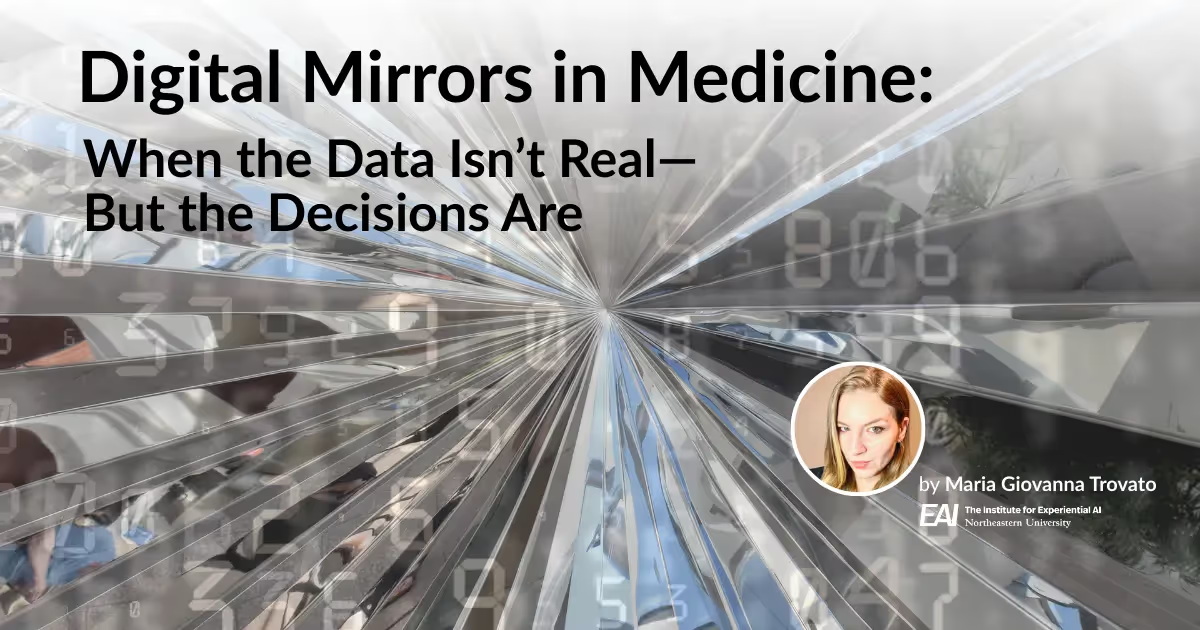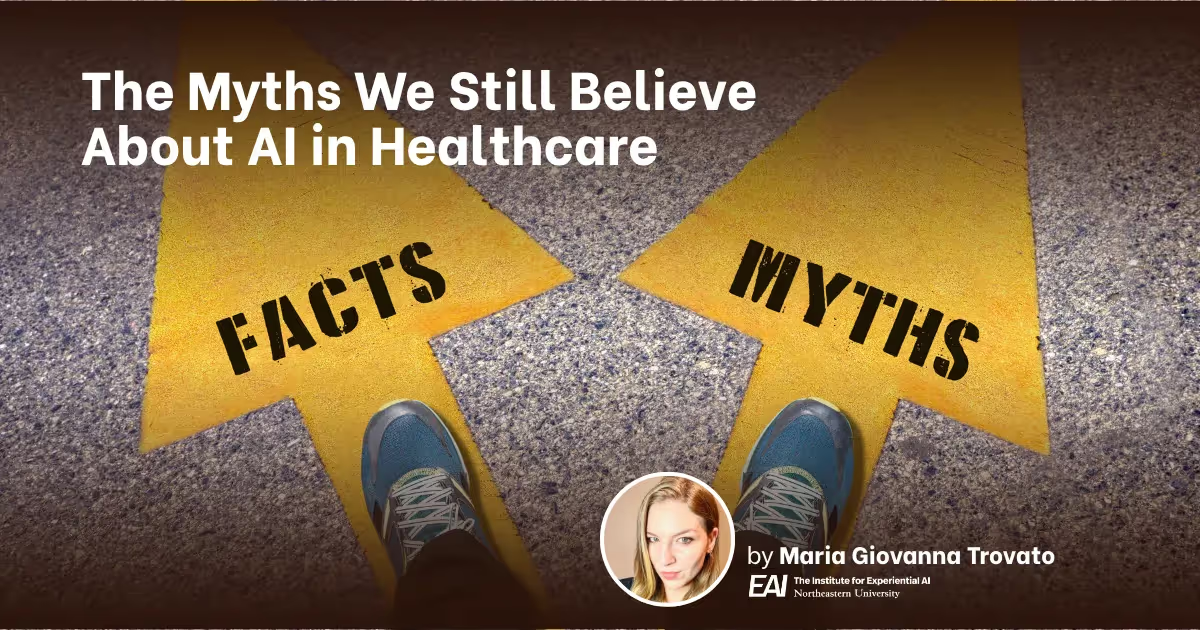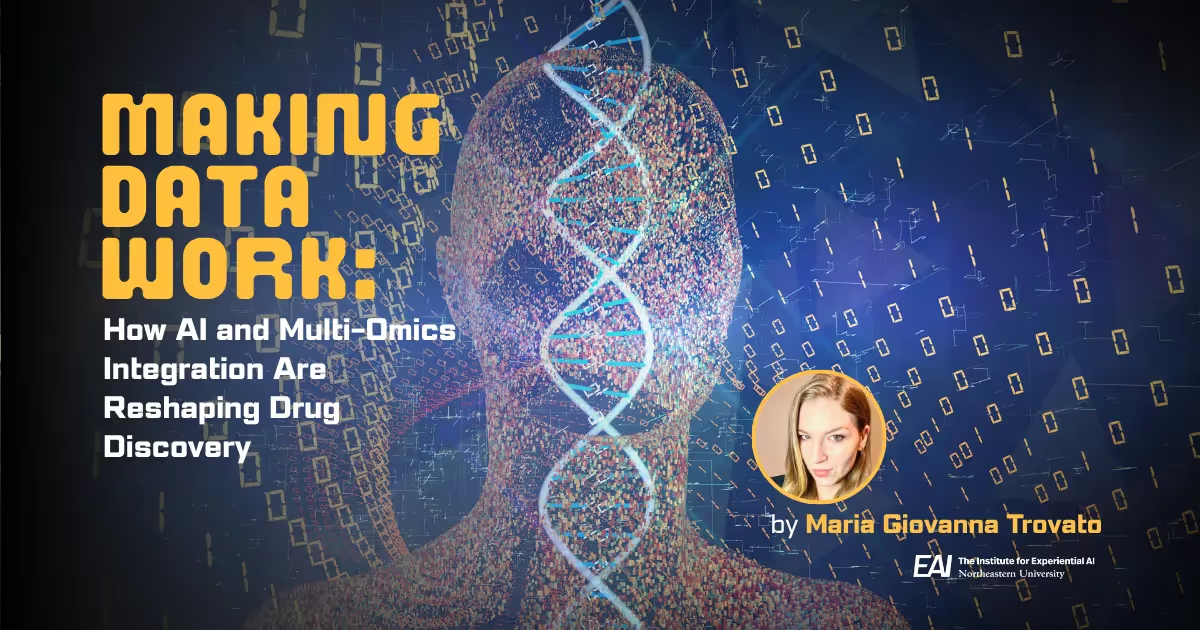What Does Fear Look Like in the Brain? How AI Uncovers the Many Faces of Fear

by: Tyler Wells Lynch
You hear a bump in the night and the hairs on the back of your neck stand up. Heart racing, sweat beading, you go to investigate the source of the noise. Another bump makes you scream—an involuntary reflex. You are experiencing what most people call fear.
But are you really? Is the sense of alarm you feel when investigating a noise the same emotion you feel when you watch a scary movie, peer over a steep cliff, or suffer a panic attack? We may be able to explain the quality of these experiences, but how do those qualities map onto brain behaviors, and how do those behaviors overlap with one another?
These questions are not so easily answered because emotional experience is locked within the cage of subjectivity—the private lens through which we experience and interact with the world. Measuring those emotions depends on a fundamentally different methodology than what neuroscientists use to measure the brain’s biological processes; whereas the former relies on reported experiences, the latter depends on brain imaging techniques like fMRI and CT scans.
So how to bridge the gap? How can scientists link the category of an emotion to its neural coordinates? For Ajay Satpute, a social and affective neuroscientist at Northeastern University and a core faculty member at the Institute for Experiential AI (EAI), the best place to start is with a specific emotion: fear.
Fear: What Is it Good for?
Ajay and his team of researchers have been using 7 Tesla fMRI scanners to image and map the brains of people experiencing various emotional states. Their goal is to pinpoint the neural circuitry correlating to the subjective experience of fear. What they’ve found is that there’s no central repository for the fear response—no single node or hub within the brain where it resides. But there are patterns.
“Experiences of fear are widely distributed throughout the brain,” Ajay explains. “And lots of different brain regions seem to be associated with fearful feelings, not just the amygdala or other sub-subcortical areas.”
The scattered brain activity can, in part, be explained by language. We use the word “fear” to refer to a wide variety of emotional states, blurring and mingling the term with related emotions like stress, anxiety, shock, and trauma. We also use fear to refer to thrill-seeking behavior—the excitement or delight we feel when skydiving or walking through a haunted house.
“Fear of heights involves different areas of the brain than, say, fear of other people,” Ajay explains. “Fear in the context of heights kind of has different qualities than fear in the context of spiders or fear in the context of watching a horror film.”
Fear, to put it poetically, contains multitudes. More than just a threat response mechanism, it constitutes an entire category of consciousness that’s not so easily fused to neat and tidy neurological boundaries.
And why fear? Why not, say, happiness, anger, or sadness? As complex as fear is, it serves as a beachhead to explore the neural circuitry of other emotional states.
“Fear is great,” Ajay says. “Fear is a really nice way to study subjectivity because there's a particular category of stimuli that some people find really frightening and some people don't… That becomes really useful when you're studying it in a lab because you can present stimuli that are really category-specific—you know, spider stimuli or height stimuli or whatever—and look at the variance that comes across.”
With fear, the subjectivity really pops out, allowing researchers like Ajay to observe the idiosyncrasies of emotion. And those little differences may help resolve competing theories about how emotions form. Some theories claim our emotions are ingrained, innate, while others claim that the interaction of more fundamental mechanisms like memory, learning, and pain creates the categories of experience we call emotion. As a particularly subjective emotion, fear could point to which of these models better fits the data.
New Pathways, Old Emotions
Whatever emotion you want to study, identifying its neural patterns is going to require lots and lots of data—not just on the brain imaging side but also on the subjective side. And capturing that data is especially difficult given traditional statistical methodologies.
“You can feed anything into an average and find an average,” Ajay explains. “It's just a trivial computation. But whether the average is actually the right underlying way to model the data is a totally different issue… With any population of individuals, you can't just assume that the mean and the variance characterizes them. There might be heterogeneous subgroups of individuals in a population.”
And those aberrant patterns—the deviations not reflected by the average—may point to different or overlapping emotional states. Take an example from computational biology, where different sets of genes may lead to the same phenotype. There might be one collection of genes that leads to one variety of depression and another collection that leads to a different variety. That mapping, to use Ajay’s words, is “many to one.”
That’s where AI and machine learning can play a role. When you have upwards of 100,000 data points, how do you suss out the right pathway in a manner that’s statistically sound? Ajay’s team has developed machine learning models that allow them to explore multiple solutions or multiple routes in the relationship between brain behavior and subjective experience.
This problem of degeneracy, as it’s called, is a core challenge in neuroscience. But Ajay is optimistic it can be solved with the help of AI, revealing new pathways to familiar emotional states. Eventually, he hopes, those pathways will lead to predictive models that reach beyond fear.
“Ultimately,” he says, “the hope is that learning something about the brain gives us insight about how to help people with disorders of mood or fear or anxiety.”
And as for what went bump in the night, isn’t not knowing part of the thrill?
Learn more about Ajay’s research and about our institute.




